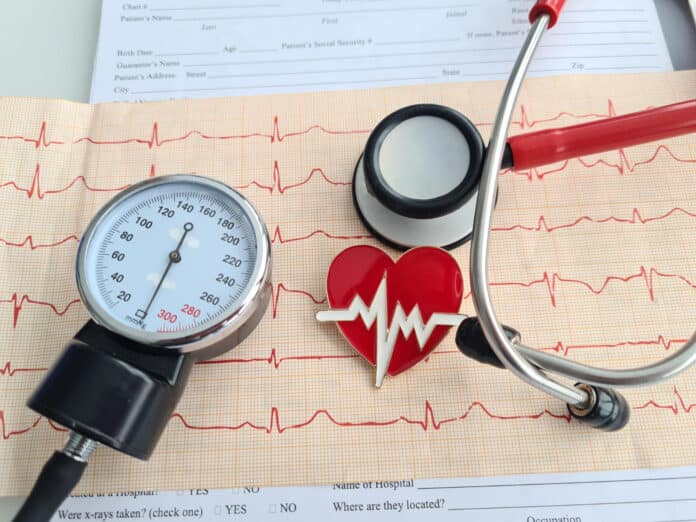Researchers from the Smidt Heart Institute at Cedars-Sinai are progressing in identifying warning signs for sudden cardiac arrest. Their study, published in The Lancet Digital Health, reveals that 50% of individuals who had a sudden cardiac arrest experienced a specific symptom 24 hours before their heart problem. Dr. Sumeet Chugh, an expert in sudden cardiac arrest, led the study.
The team found that the warning symptoms differed between men and women. Women commonly felt short of breath before a cardiac arrest, while men often experienced chest pain. Smaller groups in both genders felt abnormal sweating and seizure-like activity. This study is crucial because 90% of out-of-hospital cardiac arrest cases are fatal, underscoring the need to predict and prevent the condition more effectively.
Chugh, director of the Center for Cardiac Arrest Prevention in the Smidt Heart Institute and senior author of the study, said, “Harnessing warning symptoms to perform effective triage for those who need to make a 911 call could lead to early intervention and prevention of imminent death. Our findings could lead to a new paradigm for preventing sudden cardiac death.”
To conduct this study, researchers used information from two ongoing community-based studies led by Dr. Sumeet Chugh: the Prediction of Sudden Death in Multi-Ethnic Communities (PRESTO) Study in Ventura County, California, and the Oregon Sudden Unexpected Death Study (SUDS) in Portland, Oregon.
These studies offer valuable data to help understand how to predict sudden cardiac arrest more effectively. Dr. Chugh mentioned that this research is a collaborative effort involving many people, including first responders, medical examiners, and hospital teams in these communities. The SUDS study started 22 years ago, and the PRESTO study began eight years ago. Both have provided important insights for this work.
In both the Ventura and Oregon studies, researchers at the Smidt Heart Institute looked at how often specific symptoms or groups of symptoms appeared before a sudden cardiac arrest. They compared these findings with those who also needed emergency medical help.
The Ventura study found that 50% of the 823 people who had a sudden cardiac arrest and were seen by someone nearby or a medical responder (like EMS) had experienced at least one clear symptom before the event. The Oregon study showed similar results.
This study is the first to compare these warning symptoms in a community setting and compare them to a group with documented symptoms from routine emergency care. This research sets the stage for more studies combining all these symptoms with other information to predict better when a sudden cardiac arrest might happen.
Dr. Eduardo Marbán, the head of the Smidt Heart Institute, believes that in the future, they will add more details like medical history and measurements to these significant symptoms to make predicting sudden cardiac arrest even better.
Journal Reference:
- Kyndaron Reinier, Bernadine Dizon, et al., Warning symptoms associated with imminent sudden cardiac arrest: a population-based case-control study with external validation. The Lancet Digital Health. DOI: 10.1016/S2589-7500(23)00147-4.
